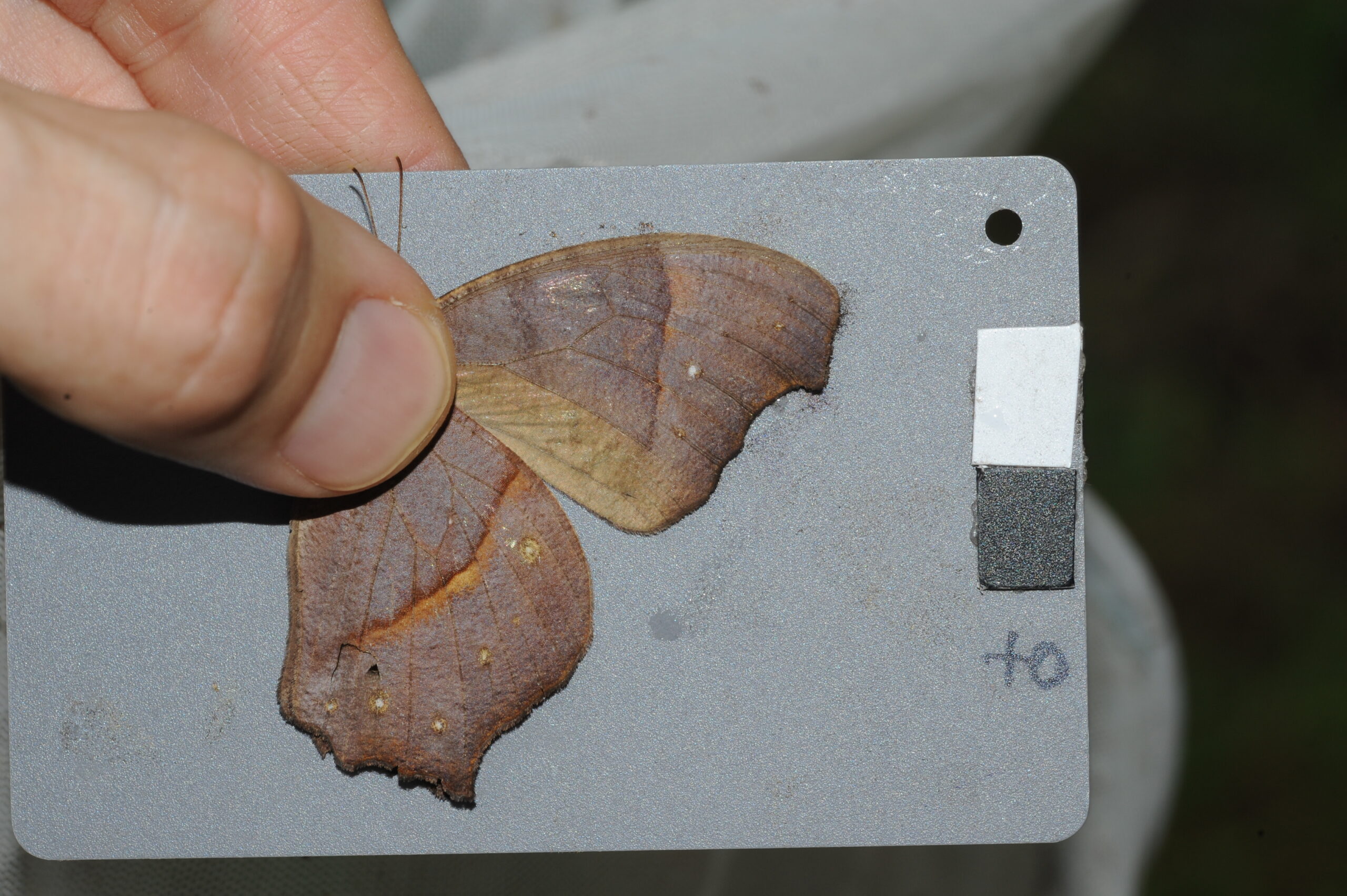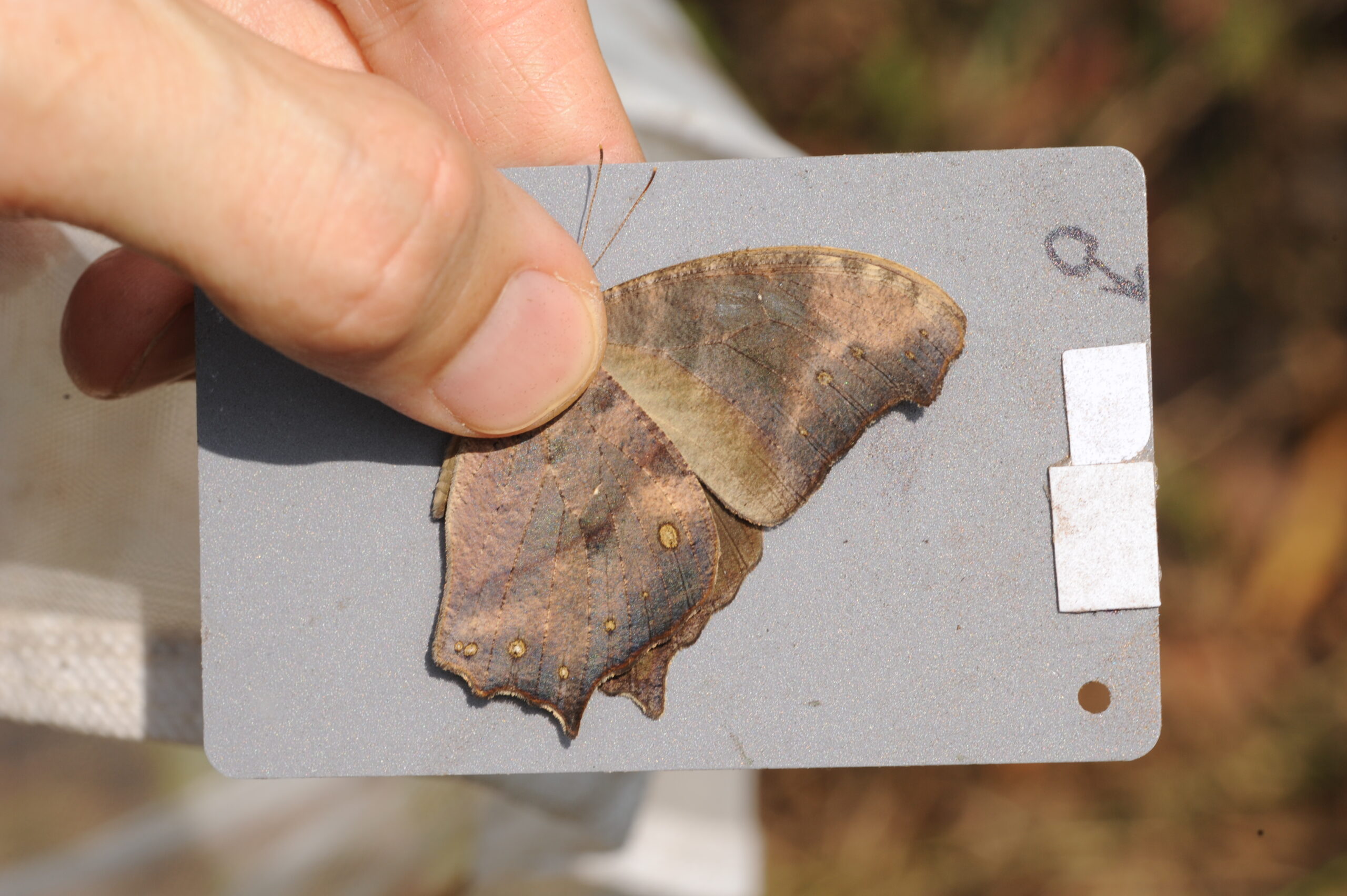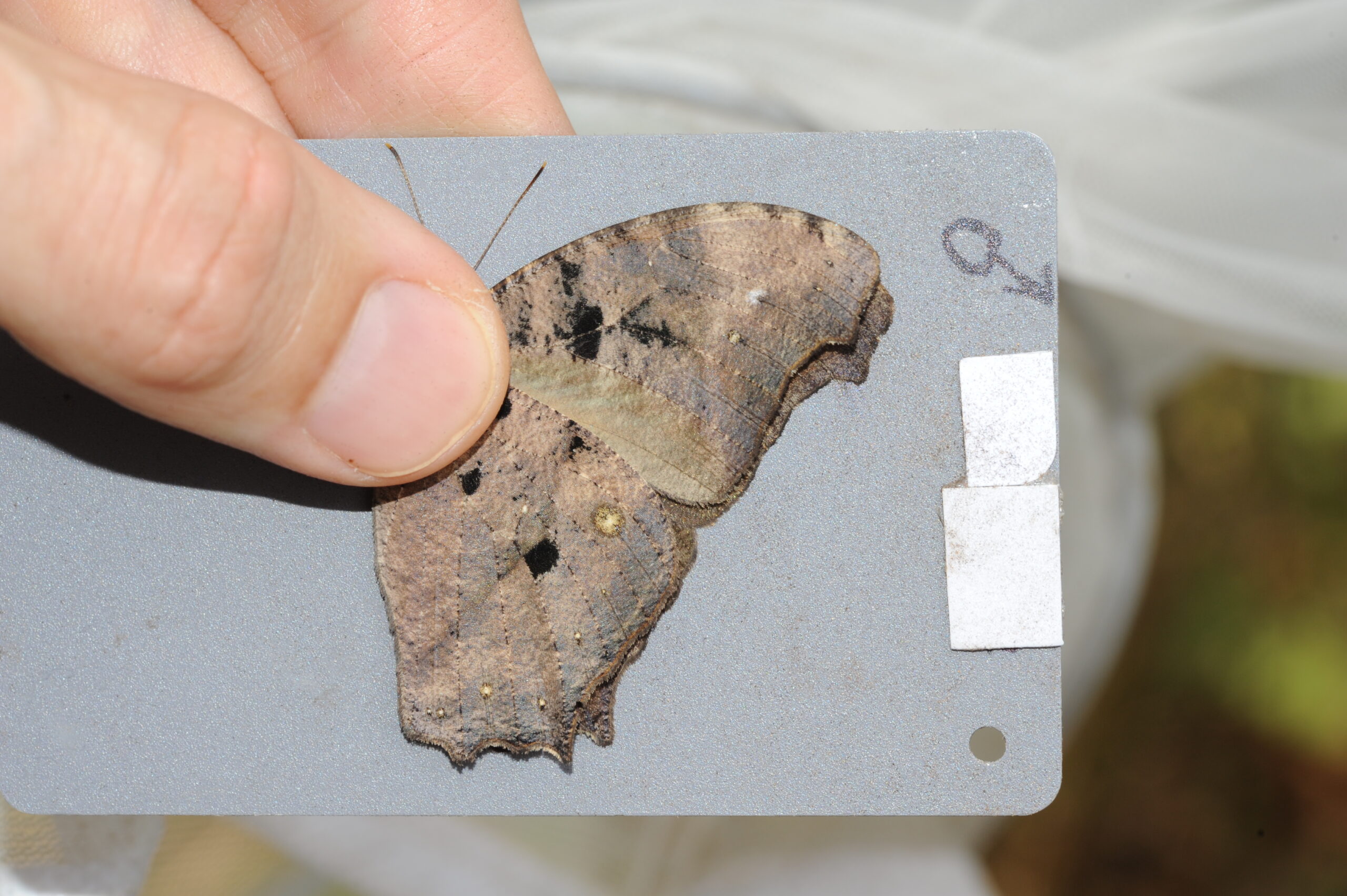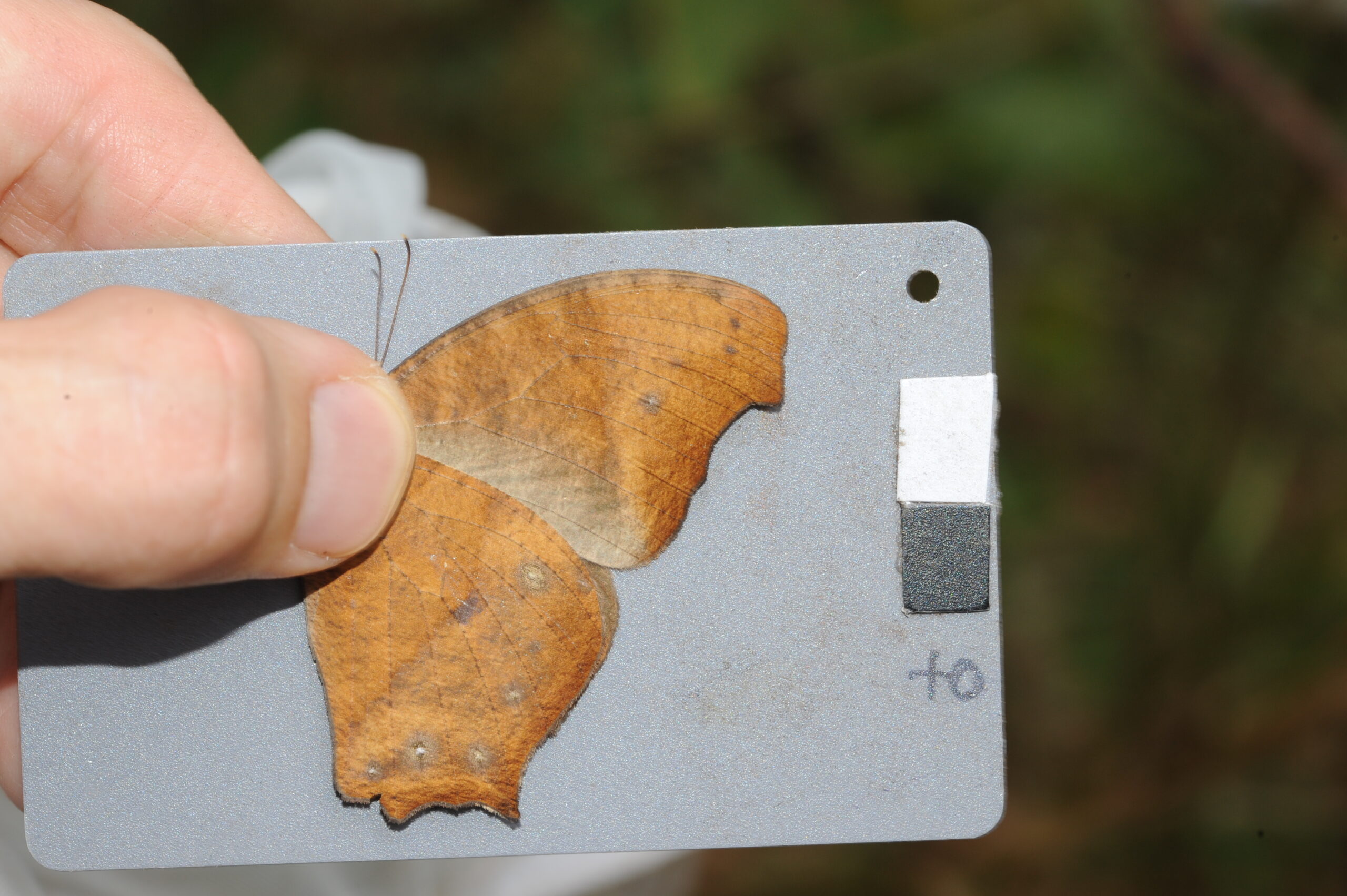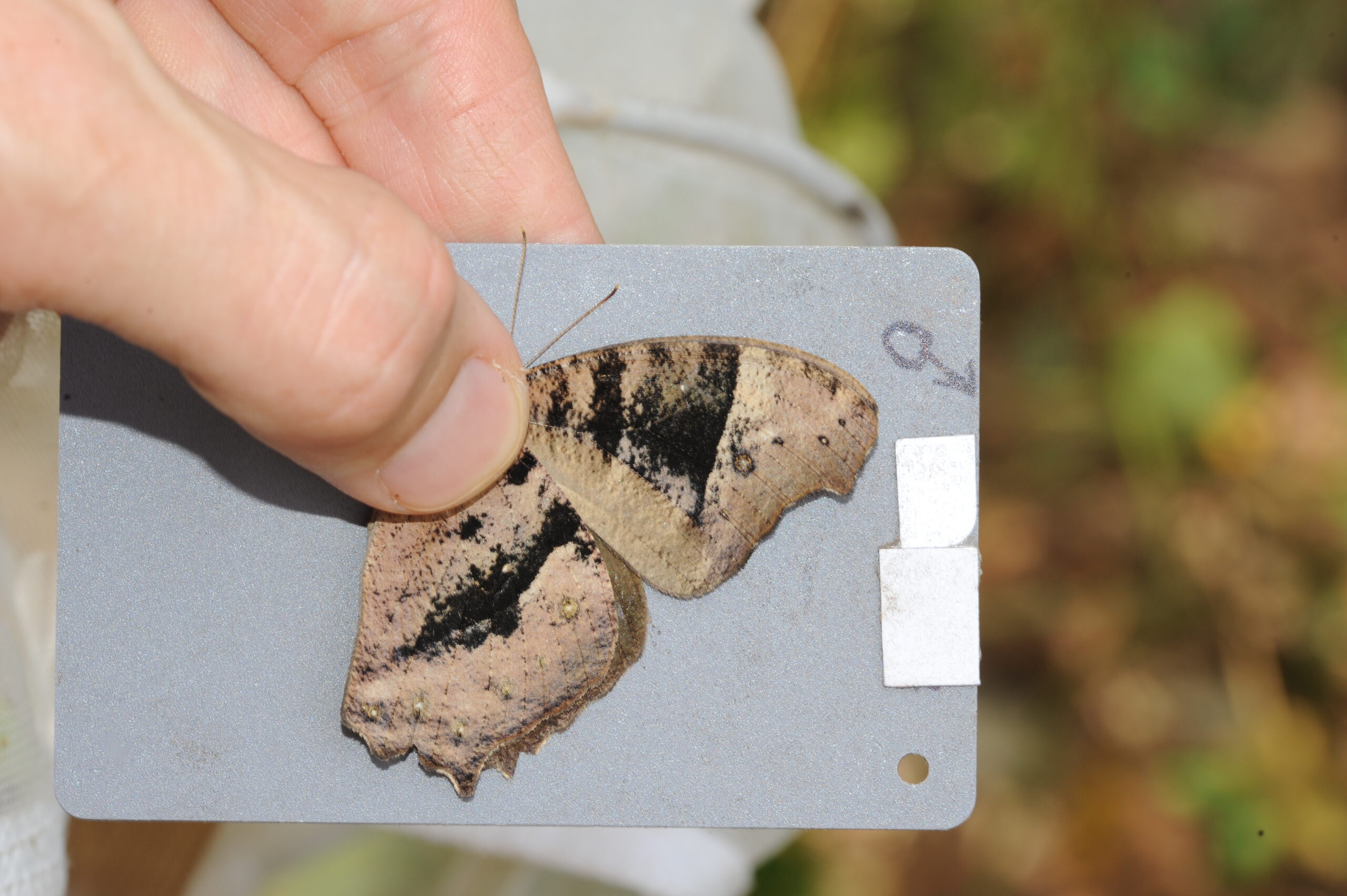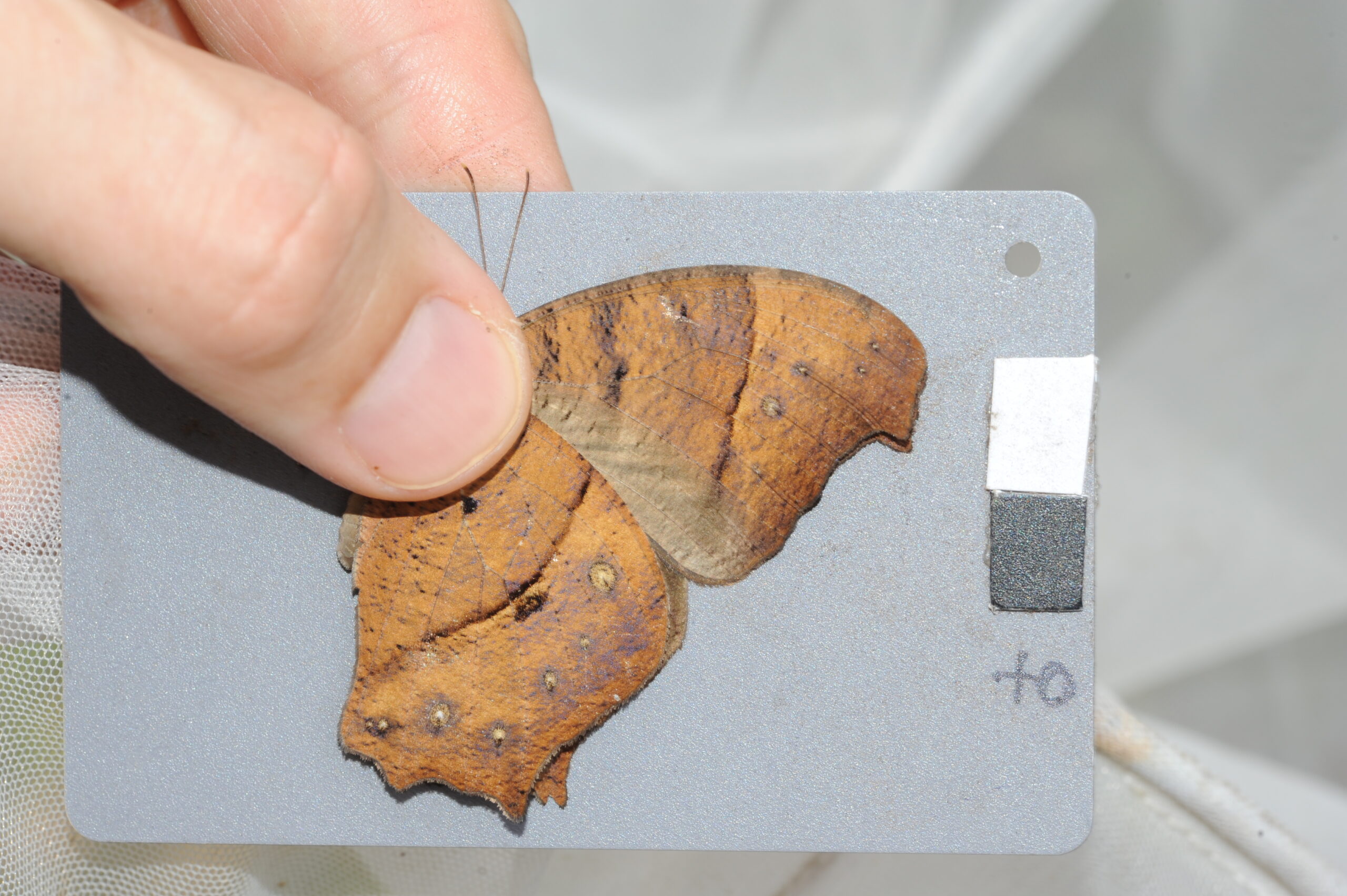The Melanitis leda project is a collaborative research project based at the Adam Mickiewicz University in Poznan. The project is Funded by Narodowe Centrum Nauki (National Science Centre, Poland) OPUS grant “Success of a widespread butterfly: Local adaptation or phenotypic plasticity?”, grant 2021/43/B/NZ8/00966.
The common evening brown butterfly Melanitis leda has a very wide distribution and must thus be adapted to live under various climates and in various habitats. On one hand, one genotype may fit all environments. On the other hand, there may be locally adaptated populations.
We are looking for citizen scientists and collaborators who can Contribute photographs, genome samples, or monthly monitoring.
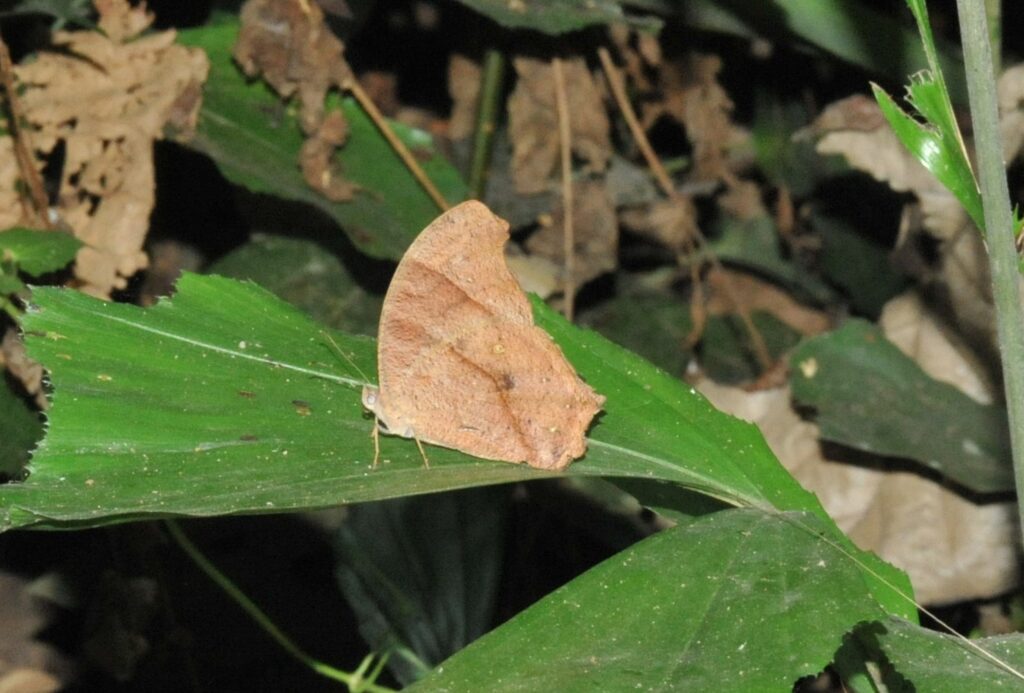
Main questions
How has M. leda spread across its range while repeatedly colonizing distinct habitats?
We analyze genome samples from grasslands and forests throughout the range of the butterfly.
When and how during larval development does rearing condition affect adult phenotype?
We perform experiments that address how humidity during rearing of the larvae affects adult phenotype, and if there is a particular period when rearing condition has the strongest effects on adult phenotype (critical period).
How have populations adapted to different climates and habitats?
To detect patterns in the distribution of adult color patterns, we collect images from across the range.
To describe the seasonal polyphenism in different climates and habitats, we collect time series from across the range. Contribute
To test for differences between populations in the effects of larval rearing conditions on adult phenotypes, and differences in life history and behavior traits, we conduct common garden experiments with populations from different climates and habitats.
